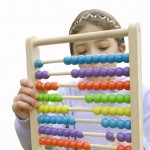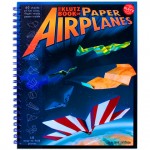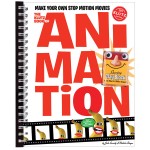kinesthetic learning
Click Here to Take our Quiz: Find Out if Your Child is a Kinesthetic learner!

Developing Cognitive Skills with Visual Learning: Five Lessons Your Kids Can Learn in the Kitchen

Kids and Creativity: Klutz Books for Hands-on Learning
Multisensory Learning: Summer Activities for Kids with Klutz Books

Learning Strategies for Children: Tips for Right-Brained Students

We all process, store and retrieve information differently. And we all need to find the best way to study and retain new information for our own brain and learning preferences. Especially for all of us right-brainers, who struggle with lecture-dominated learning and heavy word-based testing.











